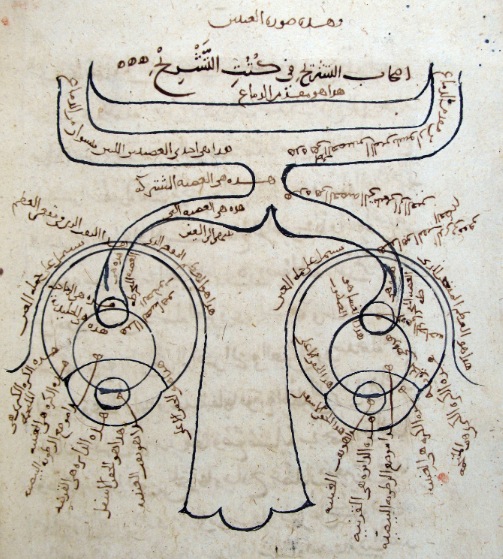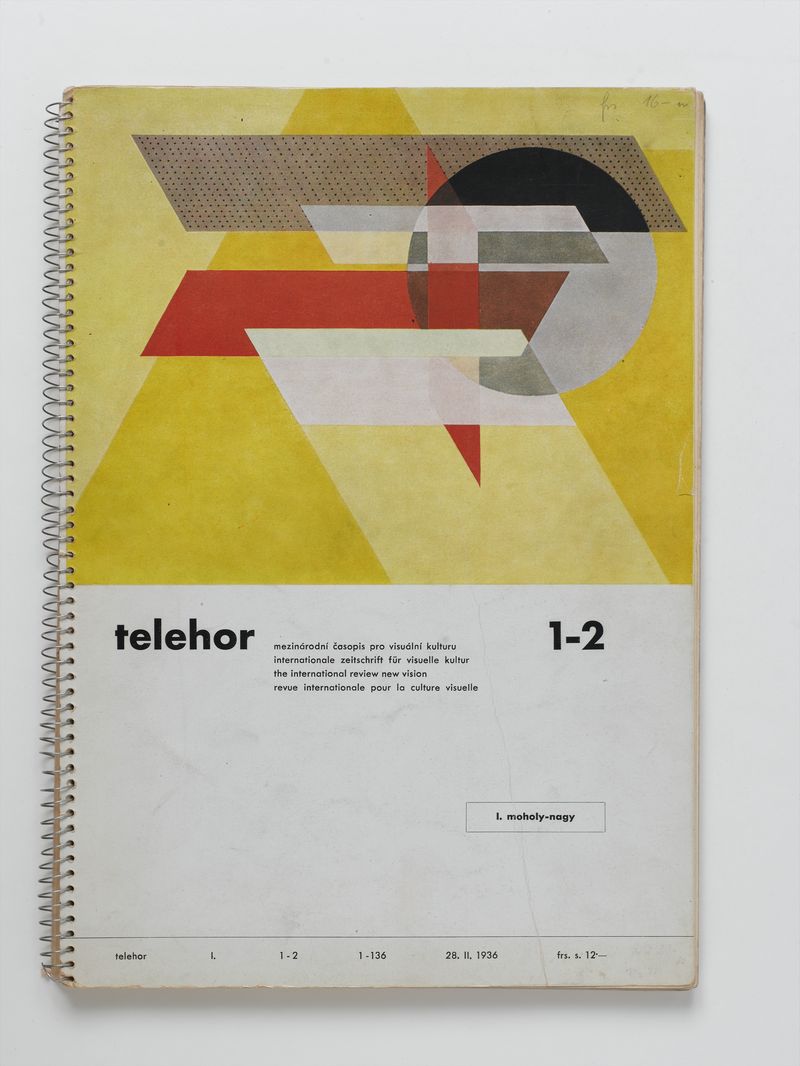Siegfried Zielinski: Deep Time of the Media: Toward an Archaeology of Hearing and Seeing by Technical Means (2002–) [EN, ES]
Filed under book | Tags: · alchemy, art, cinema, electricity, machine, magic, mathematics, media, media archeology, networks, perception, religion, telegraphy, theatre, time, video, vision

“Siegfried Zielinski argues that the history of the media does not proceed predictably from primitive tools to complex machinery; in Deep Time of the Media, he illuminates turning points of media history—fractures in the predictable—that help us see the new in the old.
Drawing on original source materials, Zielinski explores the technology of devices for hearing and seeing through two thousand years of cultural and technological history. He discovers the contributions of ‘dreamers and modelers’ of media worlds, from the ancient Greek philosopher Empedocles and natural philosophers of the Renaissance and Baroque periods to Russian avant-gardists of the early twentieth century. ‘Media are spaces of action for constructed attempts to connect what is separated,’ Zielinski writes. He describes models and machines that make this connection: including a theater of mirrors in sixteenth-century Naples, an automaton for musical composition created by the seventeenth-century Jesuit Athanasius Kircher, and the eighteenth-century electrical tele-writing machine of Joseph Mazzolari, among others.”
Originally published as Archäologie der Medien: Zur Tiefenzeit des technischen Hörens und Sehens, Rowohlt, Reinbek bei Hamburg, 2002.
Foreword by Timothy Druckrey
Translated by Gloria Custance
Publisher MIT Press, 2006
ISBN 0262240491, 9780262240499
375 pages
Reviews: Simon Werrett (Technology and Culture, 2007), Digital Creativity (2007), Simone Natale (Canadian Journal of Communication, 2012), Stephanie Lam (n.d.).
Deep Time of the Media: Toward an Archaeology of Hearing and Seeing by Technical Means (English, trans. Gloria Custance, 2006, 10 MB, updated on 2020-3-24)
Arqueología de los Medios. Hacia el tiempo profundo de la visión y la audición técnica (Spanish, trans. Alvaro Moreno-Hoffmann, 2011, 9 MB, added 2015-6-1 via Will, updated on 2020-3-24)
The Optics of Ibn Al-Haytham, Books I–III: On Direct Vision (c1028-38/1989)
Filed under book | Tags: · colour, geometry, light, mathematics, optics, perception, physics, vision

This is the first English translation of first three out of the 7 volumes of the fundamental work on optics by the medieval Arab scientist Ibn al-Haitham or Alhazen (965–c1039). His book exerted a great influence upon science through Witelo, Roger Bacon, Peckham and Kepler. Alhazen investigated many particular cases of reflection and refraction, and drew attention to the light-ray’s property of retracing its path when reversed. He was the first to give a detailed description of the human eye and to study binocular vision. Certain ophthalmological terms originated from the Latin translation of Alhazen’s Arabic text, e.g. retina and cornea.
The Book of Optics (Kitāb al-Manāẓir, كتاب المناظر) presented experimentally founded arguments against the widely held extramission theory of vision (as held by Euclid in his Optica) and in favour of intromission theory, as supported by thinkers such as Aristotle, the now accepted model that vision takes place by light entering the eye.
Part 1 contains the translation; Part 2 an introduction, commentary, Arabic-Latin glossaries, concordance, bibliography, and indices.
Edition of the Arabic text, edited by A. I. Sabra, was published by National Council for Culture, Arts and Letters, Kuwait, in 1983 (Books I-III) and 2002 (Books IV-V). Sabra’s translation of the latter has not yet been published.
Translated with Introduction and Commentary by A. I. Sabra
Publisher The Warburg Institute, University of London, London, 1989
Studies of the Warburg Institute, 40/1-2
ISBN 0854810722, 9780854810727
367 and 246 pages, 4 plates (following p. 42 in Part 2)
Review (Alexander Jones, Isis, 1991)
Review (George Saliba, Speculum, 1992)
Wikipedia
Translator
Publisher (WI)
Publisher (SAS)
PDF (pp xvi-xix of Part 2 missing; 18 MB)
Latin translation:
Liber de aspectiibus et vocatur prospectiva (digital facsimile of Latin translation of all 7 volumes, manuscript, Ms 1393)
Opticae thesaurus (edition of the Latin translation by Friedrich Risner, 1572; Archive.org)
See also the first episode of Simon Schaeffer’s 2004 BBC documentary series Light Fantastic, “Let There Be Light”, where he discusses Alhazen and others.
Comment (0)Fr. Kalivoda (ed.): Telehor 1-2: Special Issue on L. Moholy-Nagy (1936) [CZ/DE/EN/FR]
Filed under magazine | Tags: · art, avant-garde, colour, design, film, light, photography, vision

Telehor was a project by Czech functionalist architect, theorist and educator, František Kalivoda, who planned it as a 64-page illustrated quarterly dedicated to visual culture. As an editor and publisher, Kalivoda had established an impressive network of collaborators across Europe, however his plans never fully took off.
Its only issue appeared as a book-length publication on the work of artist and Bauhaus teacher László Moholy-Nagy who was at the time already living in London. The magazine has, in the internationalist fashion, sections in several languages, including French, English, Czech, and German.
Contents of the English section: Foreword by Siegfried Giedion, 1935 (pp 27-29), Letter from Moholy-Nagy to Kalivoda, June 1934 (30-32), Moholy-Nagy’s essays “From Pigment to Light”, 1923-26 (32-34), “A New Instrument of Vision”, 1932 (34-36), “Problems of the Modern Film”, 1928-30 (37-40), “Supplementary Remarks on the Sound and Colour Film”, 1935 (41-42), “Once a Chicken, Always a Chicken”, a film script on a motif from Kurt Schwitter’s “Auguste Bolte”, 1925-30 (43-45), Postscript by Kalivoda, 1936 (45-46).
The reproductions run from page 49 through 112.
Publisher Fr. Kalivoda, Brno, 1936
Typography Fr. Kalivoda
Print Typia Press, Brno
138 pages, 69 ills., 29.7 × 21 cm
via Bibliothèque Kandinsky, in the Unlimited Edition
Moholy-Nagy at Monoskop wiki
Kalivoda at Monoskop wiki
PDF, PDF (variant with black cover, 149 MB)
Comment (1)
